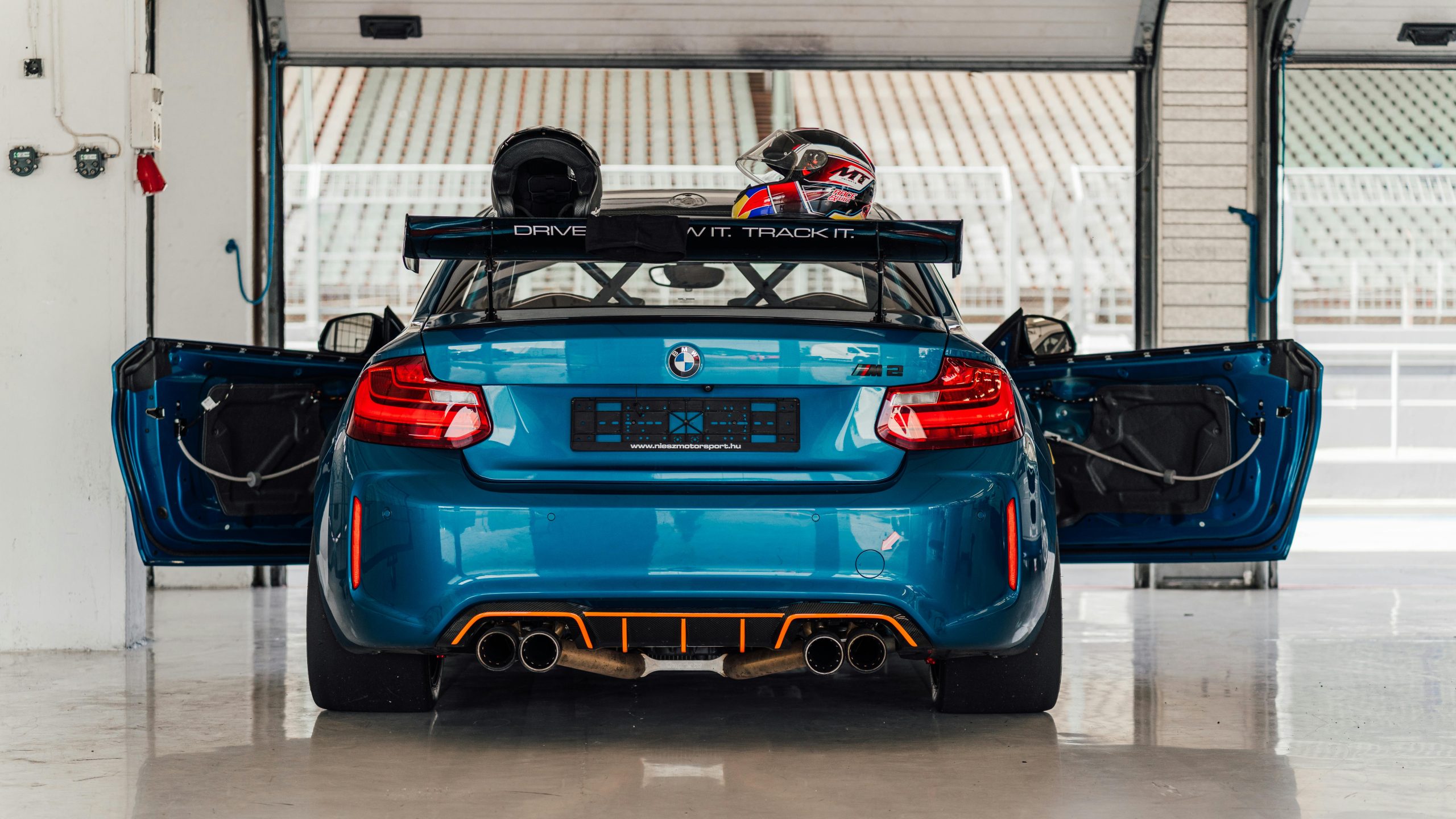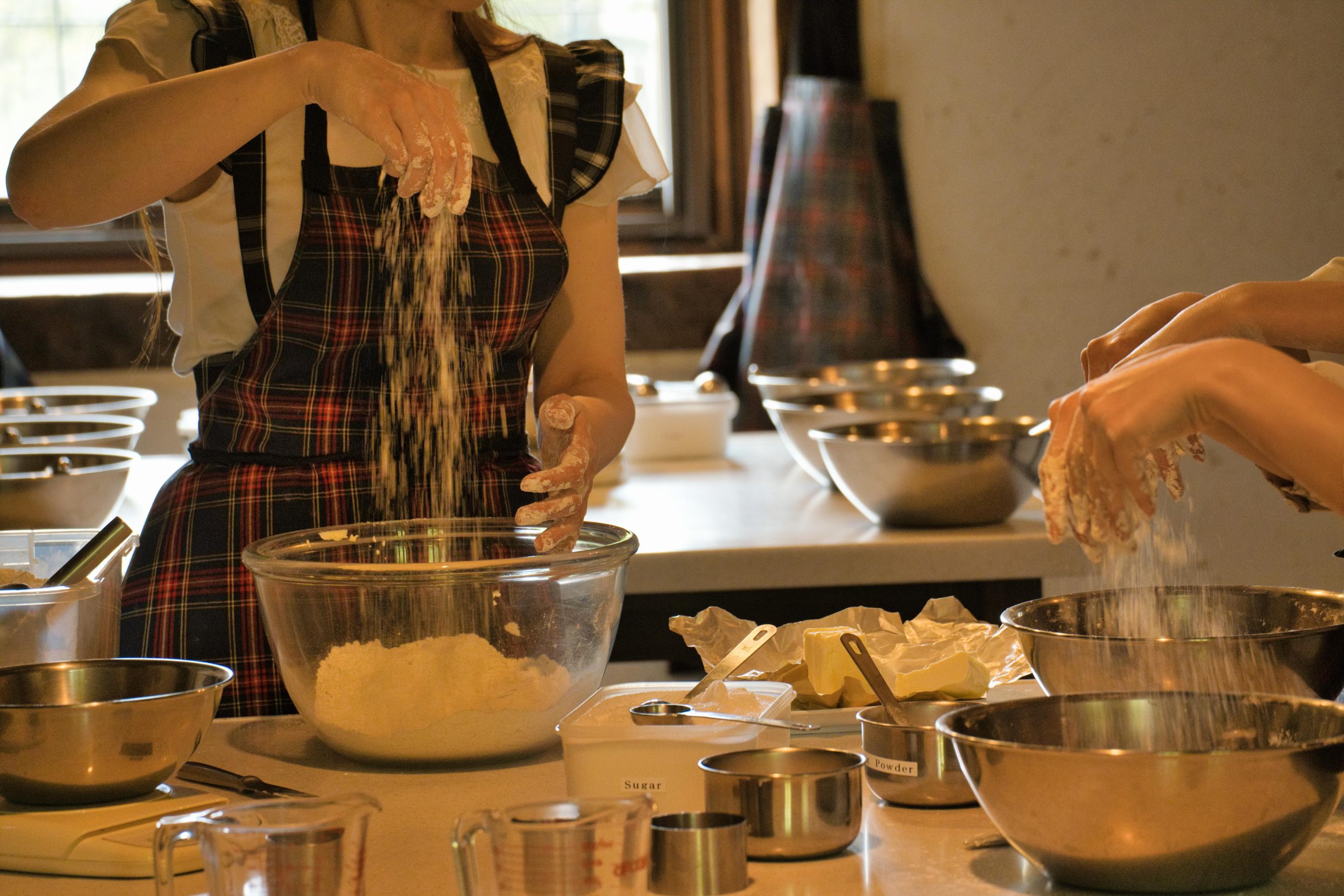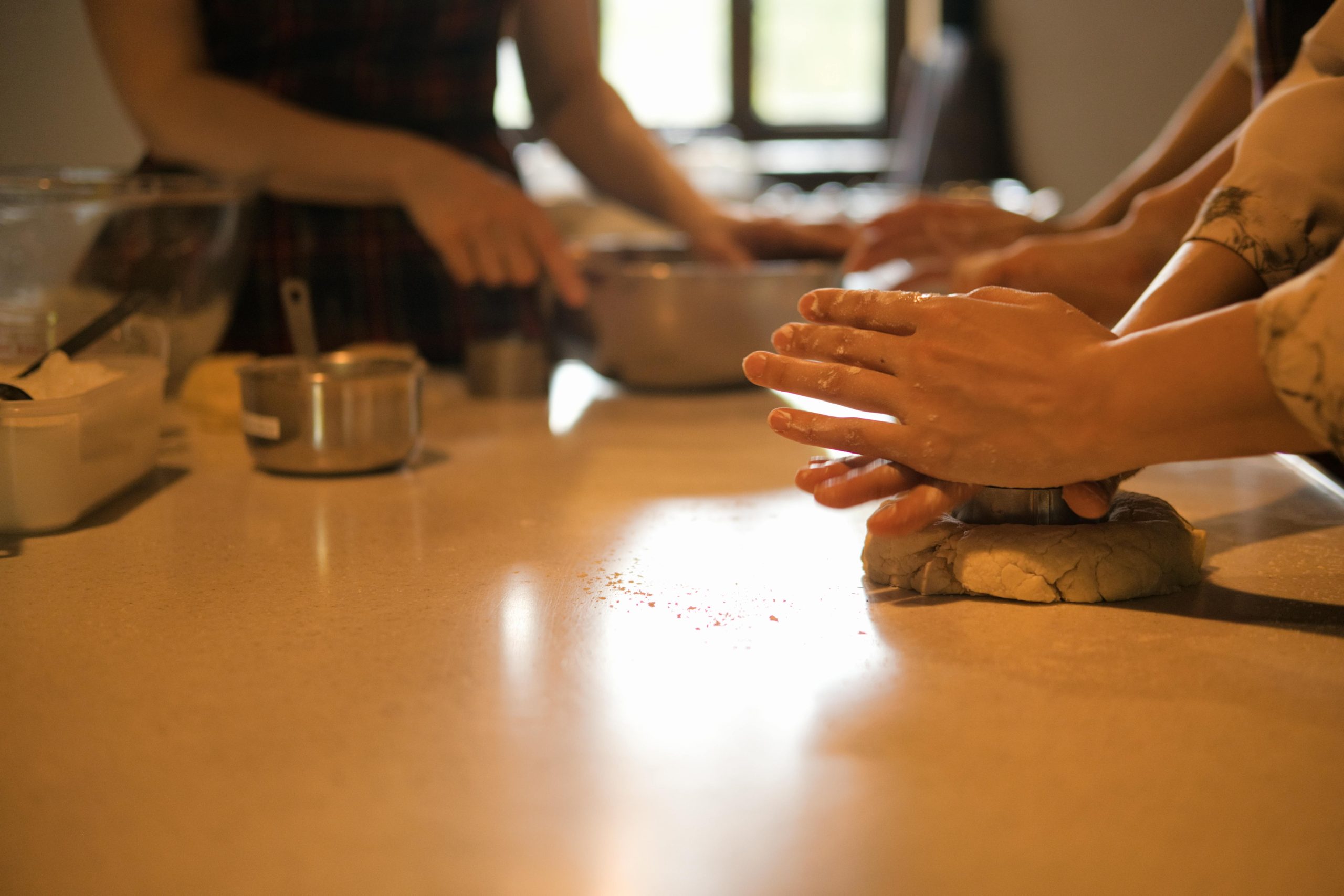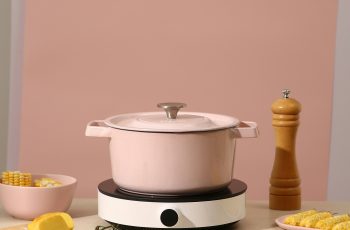Ad Blocker Detected
Our website is made possible by displaying online advertisements to our visitors. Please consider supporting us by disabling your ad blocker.
Are you curious about whether pressure cookers are safe to use? This article will address your concerns and provide an overview of the safety aspects associated with pressure cookers. With their rising popularity in today’s fast-paced world, it is essential to understand the potential risks and benefits before incorporating them into your culinary routine. Let’s explore the safety features and guidelines that ensure a secure and efficient cooking experience with pressure cookers.

What is a pressure cooker?
Definition
A pressure cooker is a cooking appliance that uses steam pressure to rapidly cook food. It consists of a pot with a tight-sealing lid and a valve that controls the internal pressure. The higher pressure inside the pot raises the boiling point of water, allowing food to cook faster than traditional cooking methods.
How does it work?
When using a pressure cooker, you add liquid (usually water or broth) to the pot along with the food ingredients. As the pot heats up, the liquid inside turns into steam, increasing the pressure inside the pot. This increased pressure forces liquid into the food, speeding up the cooking process. The trapped steam also helps to retain moisture, resulting in tender and flavorful dishes.
Common concerns about pressure cookers
Explosion risk
One of the main concerns people have about pressure cookers is the risk of explosions. While it is true that early models of pressure cookers had safety issues, modern pressure cookers are equipped with several safety features to prevent accidents. It is important to follow the manufacturer’s instructions and use the pressure cooker correctly to minimize the risk of explosions.
Food safety concerns
Another concern is the potential for food safety issues when using a pressure cooker. It is important to ensure that food is cooked to the appropriate internal temperature to kill any harmful bacteria. However, this is not specific to pressure cookers and applies to all cooking methods. With proper usage and following recommended cooking times, pressure cookers can actually enhance food safety by effectively sterilizing the food.
Safety features in modern pressure cookers
Pressure release valve
Modern pressure cookers are equipped with a pressure release valve that allows excess steam to escape when the pressure inside the pot becomes too high. This feature ensures that the pressure cooker does not reach dangerous levels of pressure, reducing the risk of explosions.
Lid locking mechanism
Another safety feature in modern pressure cookers is a lid locking mechanism. This prevents the lid from being opened while there is still pressure inside the pot. The lid can only be unlocked and opened once the pressure has been fully released, ensuring that there is no risk of accidental burns or injuries from steam.
Pressure indicator
Many pressure cookers also come with a built-in pressure indicator. This allows you to easily monitor the pressure inside the pot during cooking. It helps ensure that the pressure is within safe limits and allows you to adjust the heat accordingly.
Safety gaskets
Pressure cookers use a rubber gasket or sealing ring to create an airtight seal between the lid and the pot. These gaskets are designed to release excess pressure if it builds up too high. It is important to regularly inspect and replace these gaskets according to the manufacturer’s recommendations to maintain their effectiveness.
Proper usage and precautions
Read the user manual
Before using a pressure cooker, it is essential to read the user manual provided by the manufacturer. The manual contains important information about the specific model, including safety guidelines, operating instructions, and recommended cooking times.
Maintain and clean regularly
To ensure the continued safety and performance of your pressure cooker, it is important to keep it clean and well-maintained. Regularly check and clean the pressure release valve, lid locking mechanism, and gasket according to the manufacturer’s instructions.
Avoid overfilling
Never overfill a pressure cooker. Leave enough space at the top of the pot to allow for expansion of food and liquid as they heat up. Overfilling can result in clogging of the pressure release valve and may increase the risk of accidents.
Use proper cooking time and temperature
Follow the recommended cooking times and temperatures for different types of food. Cooking times can vary depending on the recipe and the pressure cooker model. Cooking at the correct pressure and for the appropriate duration ensures safe and properly cooked meals.
Allow pressure to release naturally
After cooking, it is important to allow the pressure inside the cooker to release naturally. Do not attempt to force open the lid or use quick-release methods unless stated in the recipe. Allowing the pressure to naturally release helps avoid sudden bursts of steam and reduces the risk of burns.
Check for damages or wear
Regularly inspect your pressure cooker for any damages or signs of wear. Pay close attention to the gasket, pressure release valve, and lid locking mechanism. If any components are damaged or not functioning properly, it is important to have them repaired or replaced before using the pressure cooker again.

Benefits of using a pressure cooker
Saves time and energy
Pressure cookers excel at reducing cooking times. By using high-pressure steam, they cook food up to 70% faster compared to traditional cooking methods. This not only saves time in the kitchen but also helps to conserve energy by requiring less time on the stove or in the oven.
Preserves nutrients and flavors
Due to the shorter cooking time, pressure cookers help retain more vitamins and minerals in the food compared to other cooking methods. The sealed environment also prevents the loss of flavors and moisture, resulting in tender and flavorful dishes.
Versatile cooking options
Pressure cookers are incredibly versatile and can be used for a wide range of cooking tasks. From soups and stews to rice and beans, pressure cookers can handle it all. They are especially great for cooking tough cuts of meat, as the high-pressure cooking breaks down connective tissues, resulting in tender and succulent meat.
Pressure cookers vs other cooking methods
Comparison with stove-top cooking
Compared to stove-top cooking, pressure cookers offer several advantages. They cook food much faster, require less water, and retain more nutrients and flavors. Additionally, pressure cookers are known for even heat distribution, resulting in more evenly cooked meals.
Comparison with slow cookers
Pressure cookers and slow cookers serve different purposes. While slow cookers excel at low and slow cooking, pressure cookers are ideal for quick meals. Pressure cookers offer the convenience of faster cooking times without compromising the tenderness and flavors that slow cooking provides.
Considerations for choosing a cooking method
When choosing a cooking method, consider factors such as time, convenience, and desired end result. If you’re short on time but still want a delicious meal, a pressure cooker may be the best option. However, if you prefer the set-it-and-forget-it approach, a slow cooker might be more suitable.

Expert opinions on pressure cooker safety
Opinions and studies
Experts generally agree that modern pressure cookers are safe when used correctly. A study published in the Journal of Food Science found that pressure cooking effectively destroys harmful bacteria and reduces cooking times. Additionally, renowned chefs and culinary experts often advocate for the use of pressure cookers for their efficiency and safety.
Expert tips for safe usage
Experts recommend following the manufacturer’s instructions carefully and ensuring the pressure cooker is operated within safe limits. They also advise checking the pressure release valve and gasket regularly, as well as avoiding overfilling and releasing pressure naturally. By following these guidelines, the risks associated with pressure cooking can be effectively minimized.
Real-life incidents and statistics
Cases of accidents or explosions
While pressure cooker accidents do occur, they are relatively rare and often attributed to user error or using old and faulty pressure cookers. It’s important to note that the safety features in modern pressure cookers greatly reduce the risk of accidents. By understanding and following the safety guidelines, the likelihood of experiencing a pressure cooker accident is significantly diminished.
Safety statistics and trends
Statistics on pressure cooker safety are not readily available, but reports indicate that the number of pressure cooker-related accidents or injuries is relatively low compared to other kitchen appliances. The key to ensuring safety is proper usage and adherence to safety guidelines to reduce the risk of accidents.
Conclusion: Is pressure cooker safe?
Weighting the risks and benefits
When weighing the risks and benefits, pressure cookers are generally considered safe for use in the kitchen. While there is a minimal risk of accidents if not used correctly, the safety features and guidelines provided by manufacturers significantly reduce the likelihood of such incidents. The benefits of using a pressure cooker, including time and energy savings, nutrient retention, and versatile cooking options, outweigh the minimal risks involved.
Importance of following safety guidelines
To ensure the safe usage of a pressure cooker, it is crucial to follow the manufacturer’s instructions and safety guidelines. This includes regularly inspecting and maintaining the pressure cooker, using proper cooking times and temperatures, and allowing pressure to release naturally. By following these guidelines, you can confidently enjoy the benefits of pressure cooking without compromising safety.
Final thoughts
Summary of key points
Pressure cookers are cooking appliances that use steam pressure to rapidly cook food. While there were safety concerns with earlier models, modern pressure cookers are equipped with safety features such as pressure release valves, lid locking mechanisms, pressure indicators, and safety gaskets. Proper usage and precautions, such as reading the user manual, cleaning and maintaining the pressure cooker, avoiding overfilling, using proper cooking times and temperatures, and checking for damages or wear, ensure safe and enjoyable pressure cooking. The benefits of pressure cooking, including time and energy savings, nutrient preservation, and versatile cooking options, make it a valuable addition to any kitchen.
Recommendations for safe and enjoyable pressure cooking
To make the most of your pressure cooker, follow these tips for safe and enjoyable pressure cooking:
- Read the user manual and follow the manufacturer’s instructions.
- Maintain and clean your pressure cooker regularly.
- Avoid overfilling the pot.
- Use proper cooking times and temperatures for different foods.
- Allow pressure to release naturally after cooking.
- Regularly check for any damages or wear. By following these recommendations, you can confidently use your pressure cooker and enjoy delicious and convenient meals.

